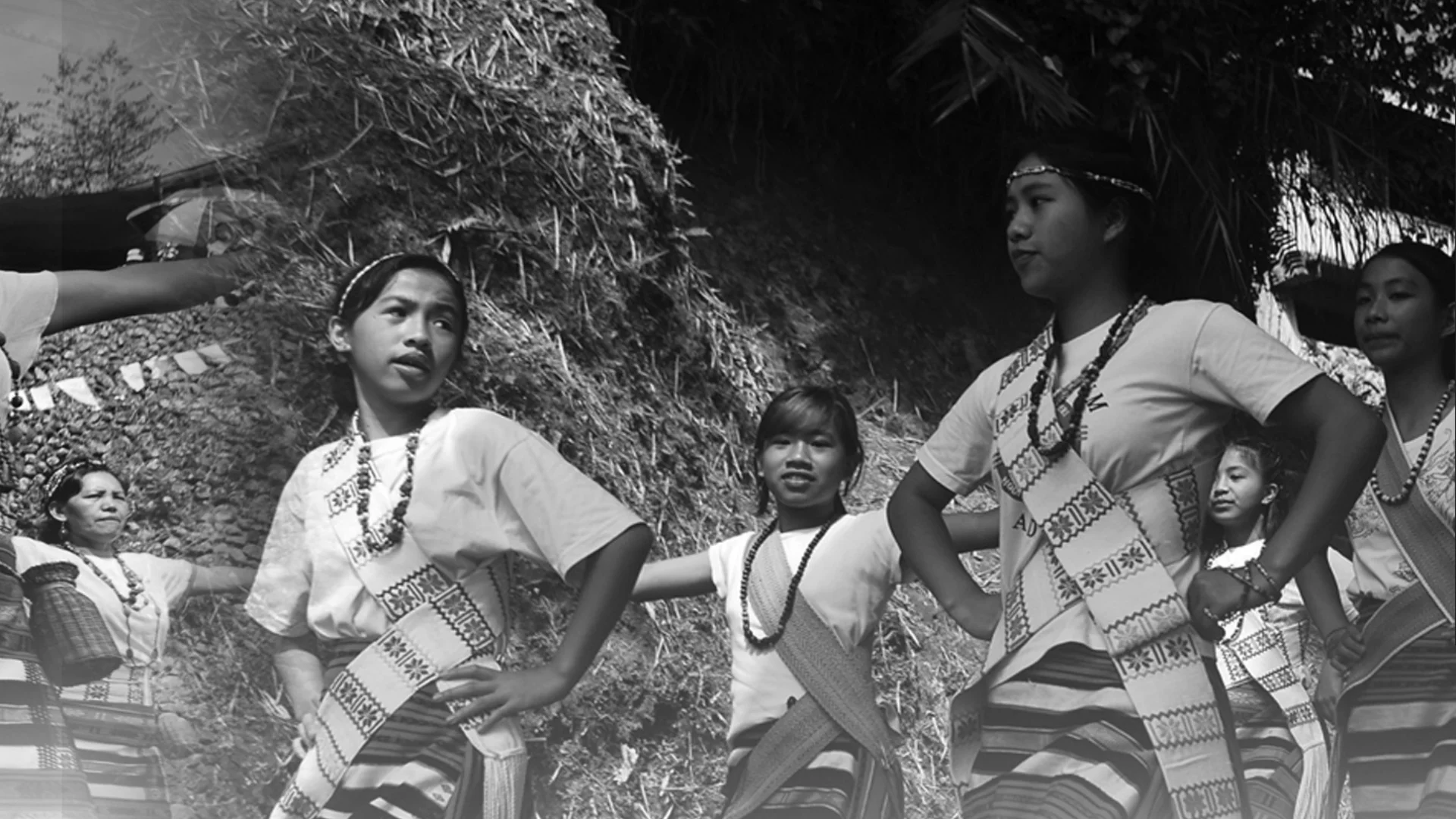CULTURE
Celebrating Culture Through Community Dynamics
by Paul Joseph Nuval
Cordilleran culture may be reflected in many ways, and it comes from a common passion: the promotion and protection of cultural integrity and identity of Igorots.

When the village criers shout the start of a feast and holiday in the community, the young and old would eventually join the playing of gangsa, dancing of tayao and singing of indigenous chants as the council of elders meet at the ator (structure designed for meetings). This is a way of uniting the people of the whole village to promote peace and harmony.
In Mountain Province, the locals have been trying to preserve these practices through festivals that signify the richness of culture and totally educate the younger generations on rituals and practices.
Lang-ay, Menaliyam and Sas-Alliwa festivals are some of the numerous gatherings that people enjoy and involve their selves with to experience the stories passed on by their ancestors.
Lang-ay Festival
“We would like to depict unity amidst cultural diversity and to instill the cultural heritage of Mountain Province into the young generation,” said Roger Sacyaten, provincial tourism officer of Mountain Province, during the opening of the 5th Lang-ay Festival on April 6.
Bearing the theme “Nurturing our History and Culture,” this year’s Lang-ay festival has perpetuated the cultural identity and traditions of the Montañosa community.
Lang-ay, an annual weeklong celebration of the ten municipalities of the province is held in Bontoc. It serves as the playing ground of gongs and solibao and a time to savor the fruits of the town’s labor.
Lang-ay is now being hailed as the biggest attraction and crowd-drawing festival in the province. Launched in 2005, Gov. Maximo Dalog endeavored on calling the attention of the people to the province’s rich and diverse culture as well as the people’s pride to the life-given gifts of Kabunian (gods and goddesses).
The said gathering impresses upon the youth their cultural heritage and hones their skills in playing the gongs, and in dancing traditional dance steps.
Menaliyam Festival
Aside from Lang-ay festival, is the Menaliyam Festival held at Kadaclan, Barlig. Now on its 7th year, Kadaclan Menaliyam is considered the mother of all cultural festivals in the entire Mountain Province and celebrated on April 15-17.
One reaches this place after eight hours of long journey from Bontoc, Mountain Province. Barlig is located at the eastern part of Mountain Province; it is dubbed as “Shang-rila on the edge,” because of the nature’s sleeping sceneries.
First planned in 2003 over an oak tree fueled bonfire, Dionnie Chungalan brought the idea of organizing a unique Kadaclan Festival which is unique to be passed on to the Kadaclan youth before full grasp modernization shall enter the locality. Mr. Chungalan is one of the locals of Kadaclan who was inspired to take the lead staging the cultural identity of the community and protecting the indigenous knowledge of Kadaclan.
With this effort, the barangay officials and community organizations “Kadaclan Menaliyan Festival” was launched to convey how the Kadaclan tribe survived the past.
This year’s celebration had the theme, “Enhancing progress in harmony with culture and sports.” It is an active sign of cooperative spectrum of the government, professionals, women, farmers and youngsters.
Young and old dance the unique eagle dance. This dance portrays the life cycle of the eagle from life to death. The dance shows how the eagle learns to walk, hunt and feed itself and its family. It is believed that the Eagle Dance was once part of a larger ceremony that was performed by the Kadaclan tribe to bring rain at a time of year when crops were planted and so rain was essential.

Sas-Alliwa Festival
Set amidst the backdrop of khangsa (gongs), tampering sounds of kullitong (bamboo guitar) and mythical rhythms of hallipon (indigenous garments). Now on its second year, the annual event was held from April 22-25.
The term sas-alliwa is a word from the Balangao tribe which describes the strong desire to meet and talk with somebody. This word gives a picture of the tribe’s hunger for love and closeness among family members, relatives and visitors.
According to Natonin Mayor Ana Maria Paz-Rafael Banaag, it all started as a dream before she became the mayor and was driven with the thought of what could be done to bring home other natives of Natonin who are working outside the town.
This year’s theme, “Umehe’en Taaw,” which means “Be one with us,” gives people chance to enjoy Sas-Alliwa as their own and being one with the people of Natonin as they celebrate the vibrant community dynamics and relationships.
With the unique characteristics implied by the term, Sas-Alliwa Festival depicts the culture of hospitality, tradition and customs of Natonin.
In this age of fast changing lifestyles, these festivals provide a venue for the locals to foster solidarity and revisit their cultural identity and share with others the culture that cradled their ancestors and molded them into what they are now.
